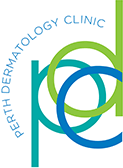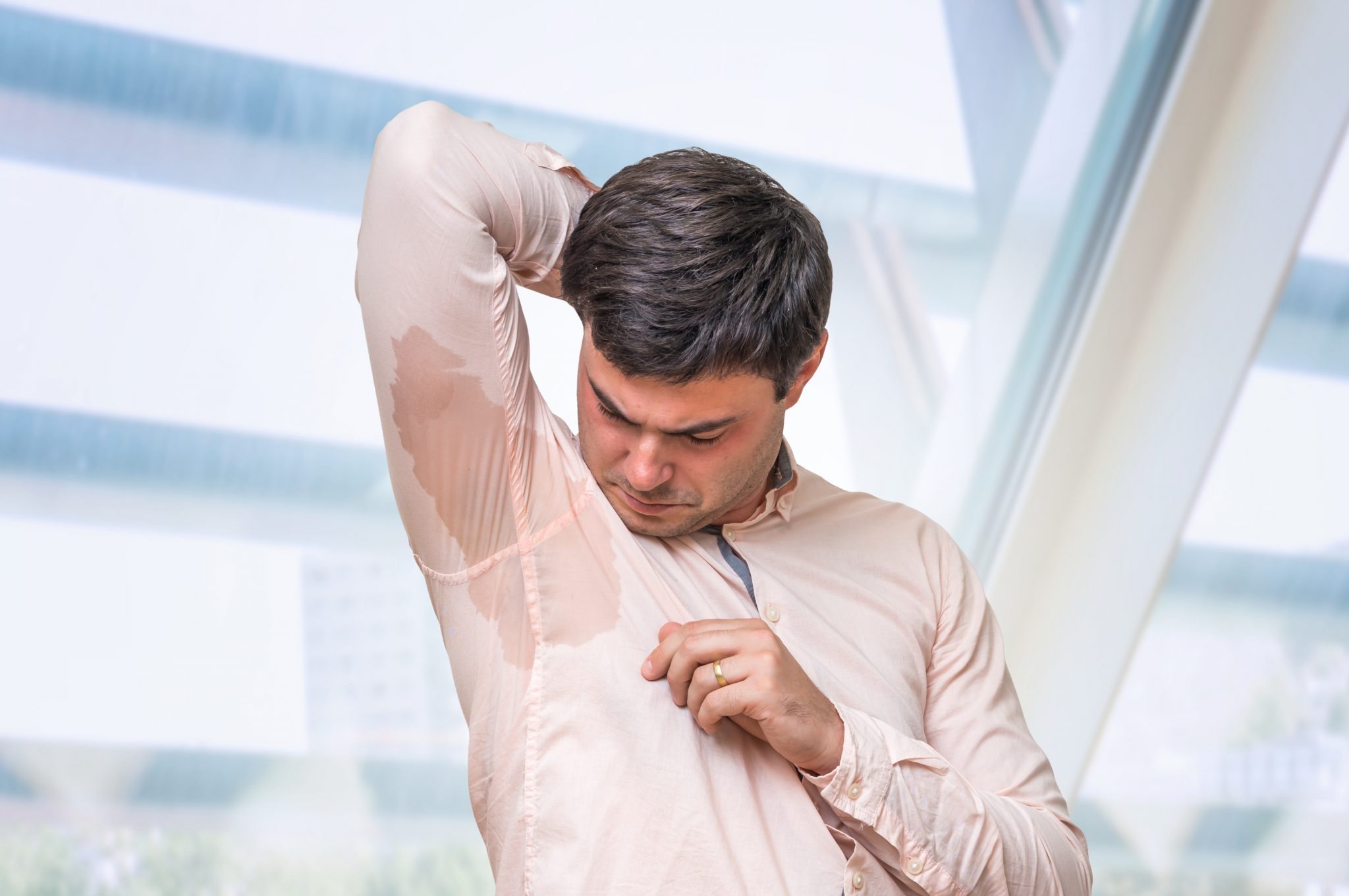Excessive sweating or hyperhidrosis is very common, likely affecting more than 5% of the population. It often goes undiagnosed and under treated due a lack of awareness of the condition and its treatment options.
Sweating is considered to be excessive when it is not required of your body, that is, sweating beyond what the body requires to remain at physiological temperature. Excessive sweating often causes unnecessary social, emotional and/or professional consequences – significantly impairing quality of life.
Those who suffer from excessive sweating may experience social embarrassment and difficulty being in public situations; may need to change their clothing multiple times per day and not be able to wear certain colours or materials; may have difficulties shaking hands and meeting people; may have difficulties with personal relationships and develop anxiety.
Excessive sweating or hyperhidrosis is often a chronic lifelong condition. It can be overcome or improved significantly with various treatments, depending on the location of sweating. There are two types of excessive sweating or hyperhidrosis – localised or generalised hyperhidrosis.
Localised hyperhidrosis is the most common type. This often begins in the childhood to adolescent years and can affect the armpits (axillary hyperhidrosis), palms and/or soles (palmar plantar hyperhidrosis) & face and scalp (craniofacial hyperhidrosis). This type of excessive sweating is often beyond the control of deodorants, antiperspirants and clinical antiperspirants.
Generalised hyperhidrosis occurs all over the body and is rare. It is usually due to an underlying medical cause, such as a side effect of medication (eg an antidepressant), neurological or hormonal disorder or other systemic cause. It requires careful consideration and investigation by your doctor.
Dr Tony Caccetta and Perth Dermatology Clinic offer life-changing sweat stopping injections for axillary hyperhidrosis at affordable prices with Medicare rebates. Private Health Insurance rebates may apply for palmar plantar and craniofacial hyperhidrosis treatment with sweat stopping injections and iontophoresis. Other treatments include oral anticholinergic medications, microwave thermolysis and endoscopic thoracic sympathectomy.





